
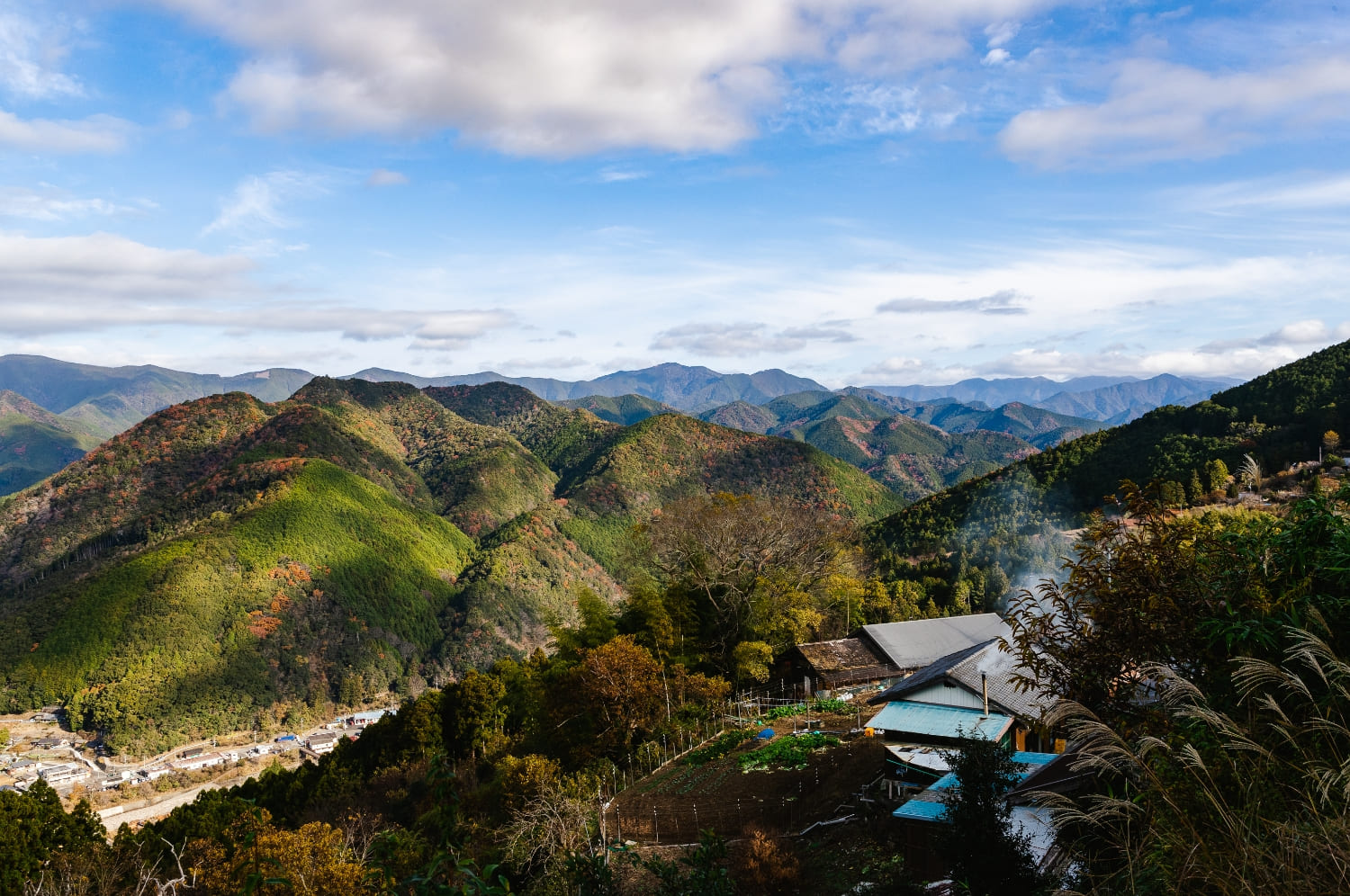
Kumano Hongu Taisha and the Great Ōtorii of Oyunohara|History and Highlights to Know Before You Visit
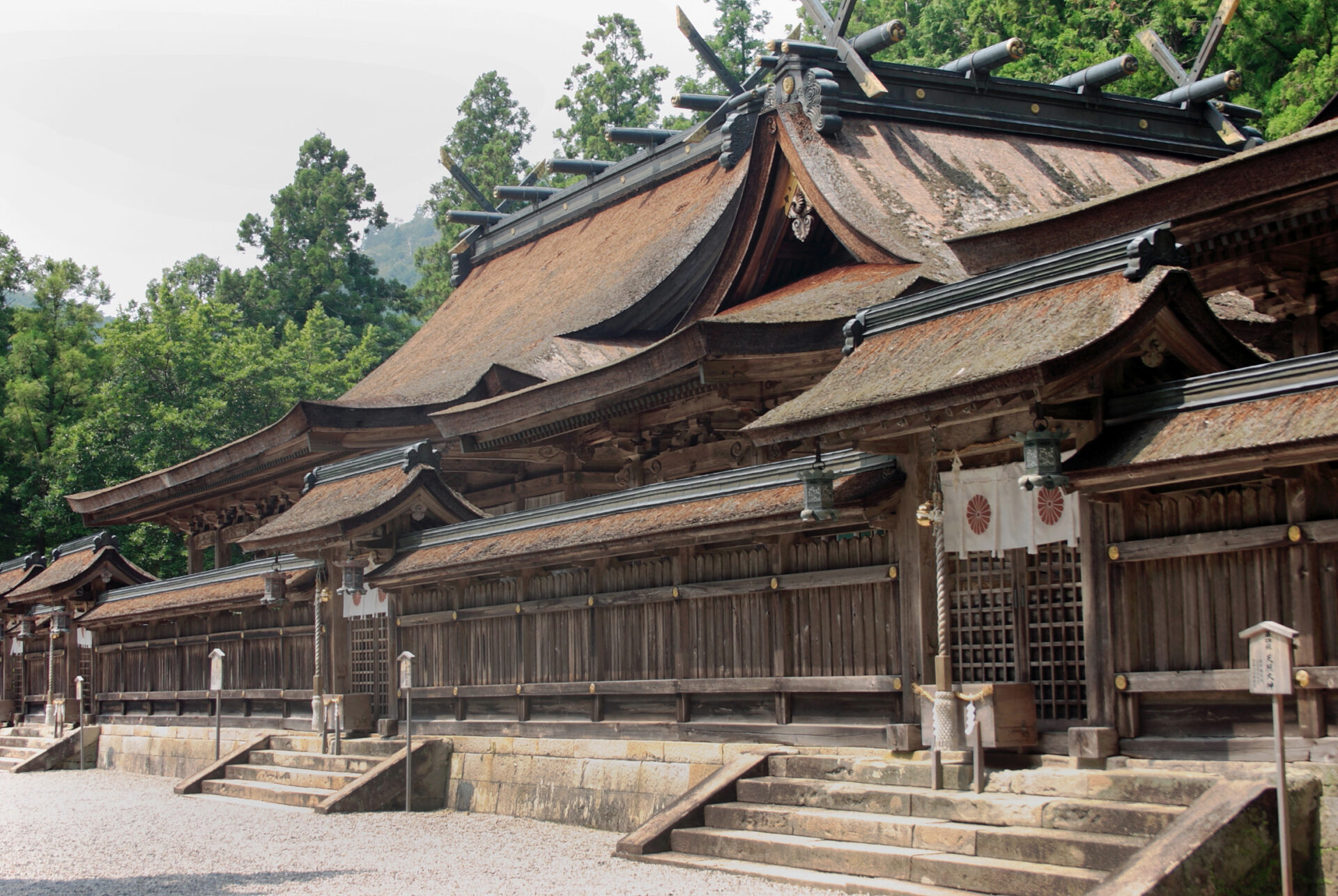
Kumano Hongu Taisha, located in Tanabe City, Wakayama Prefecture, is one of the three grand Kumano shrines, known collectively as the Kumano Sanzan. Together with Kumano Nachi Taisha in Nachikatsuura Town and Kumano Hayatama Taisha in Shingu City, it serves as the head shrine of over 4,000 Kumano shrines across Japan.
The pilgrimage routes leading to the Kumano Sanzan are known as the Kumano Kodo, which are registered as a UNESCO World Heritage Site — making Kumano Hongu Taisha part of this sacred heritage.
In this article, we’ll explore the history of Kumano Hongu Taisha and highlight the must-see spots and attractions you shouldn’t miss when you visit. We’ll also share information about goshuin (red ink stamps), as well as access and parking tips to make your trip even easier.
What is Kumano Hongu Taisha?
Introducing Its History and Enshrined Deities
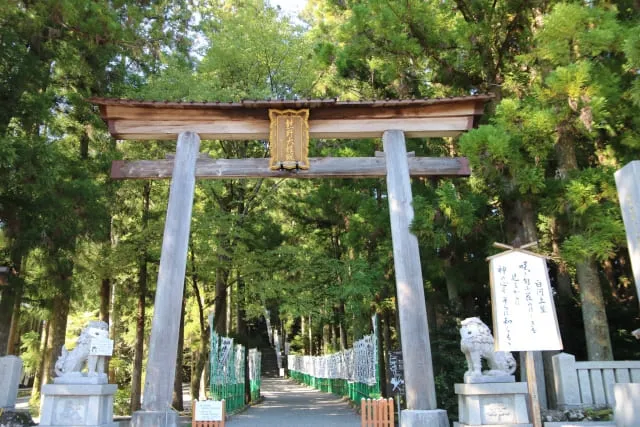
Introducing the history and unique features of Kumano Hongu Taisha, one of the sacred Kumano Sanzan shrines, along with the reasons it was inscribed as a UNESCO World Heritage Site and the deities enshrined here. You’ll also find information about the goshuin (red ink stamps) and omamori (charms) you can receive during your visit.
Learning about Kumano Hongu Taisha and the Kumano Kodo pilgrimage routes before your trip will make your visit even more meaningful and enjoyable.
History and Characteristics of Kumano Hongu Taisha
Kumano Hongu Taisha, the spiritual center of the Kumano pilgrimage, is surrounded by three rivers — the Kumano River, Otonashi River, and Yomura River. In the spring, the cherry blossoms paint the landscape in delicate colors, while in autumn, the vivid foliage creates breathtaking scenery. At sunrise and sunset, the shrine takes on a mystical beauty that feels completely different from its daytime appearance.
According to ancient texts such as the Kōtai Jindai Ryakuki and Jinja Engi, the origin of Kumano Hongu Taisha dates back to 33 B.C., when a shrine was first built on the sandbank of Oyunohara, where the three rivers meet. It is said that three moons descended upon a giant yew tree there. The moon in the center proclaimed:
“I am Ketsumimiko-no-Ōkami (Susanoo-no-Mikoto), and the two moons beside me are Izanami-no-Mikoto and Hayatama-no-Ōkami. Build a shrine and enshrine us here.”
Today, the main shrine stands about 500 meters away from its original site at Oyunohara. At the former grounds, you can still see the Great Ōtorii, the tallest shrine gate in Japan, as well as sacred enclosures where the Nakashi-sha, Shimoshi-sha, and subsidiary shrines enshrine their deities.
The relocation of the main shrine was due to a devastating flood during the Meiji period. Before the flood, the original complex was roughly eight times larger than it is today, complete with a Noh stage and other facilities. After the disaster in 1889 (Meiji 22), the upper four main shrines were moved to the current location in 1891 (Meiji 24). In modern times, the shrine area and Zuihoden were again severely damaged during the 2011 Kii Peninsula Flood, but restoration efforts led to the rebuilding of Zuihoden in 2014 (Heisei 26).
Because Kumano Hongu Taisha consists of the upper, middle, and lower shrine complexes, it is also known as Kumano Sansho Gongen. With twelve deities enshrined in total, it is also referred to as Kumano Jūnisha Gongen. In the past, it was called Kumano-imasu Jinja, meaning “the shrine where the deity resides in Kumano.”
Sacred Sites and Pilgrimage Routes in the Kii Mountain Range and Kumano Hongu Taisha
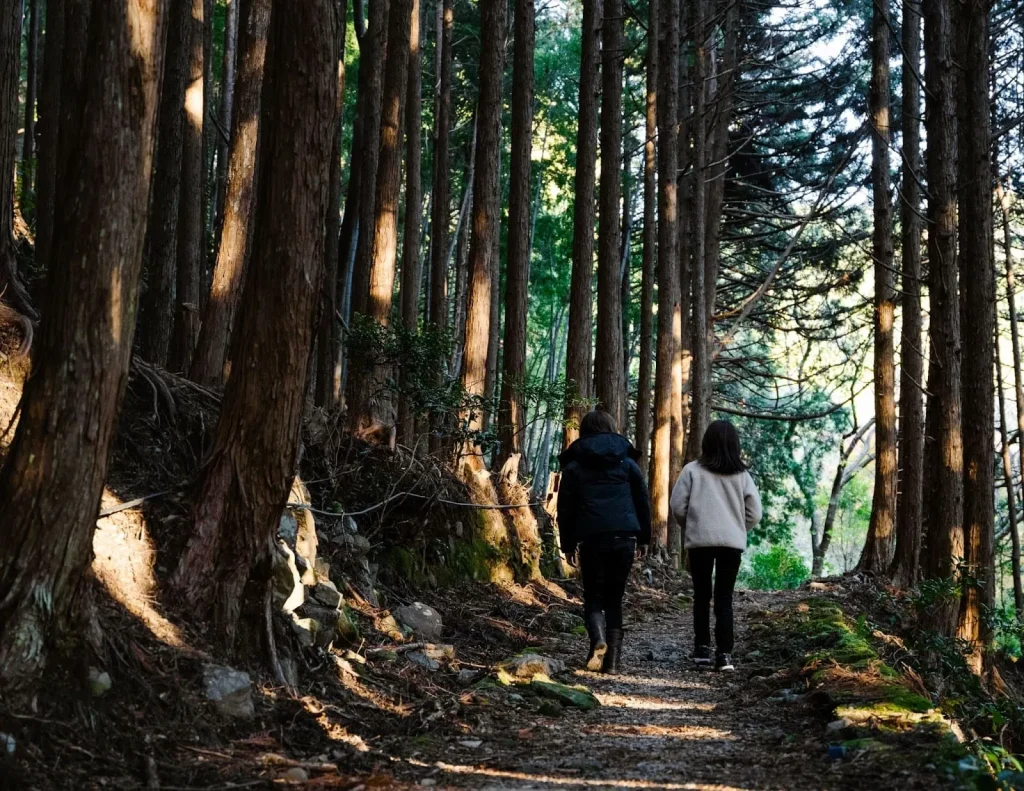
The Kumano Kodo, part of the “Sacred Sites and Pilgrimage Routes in the Kii Mountain Range,” was inscribed as a UNESCO World Heritage Site in 2004. It became the first cultural landscape in Japan to be added to the World Heritage List. Kumano Hongu Taisha is one of the sacred sites along this historic pilgrimage route.
Kumano has long been regarded as a holy land that welcomes and saves everyone, regardless of social class or gender — from aristocrats and warriors to commoners. Seeking blessings for good health, longevity, and the fulfillment of wishes, countless pilgrims made their way to the Kumano Sanzan (the three grand Kumano shrines). The constant flow of worshippers along the pilgrimage paths earned it the nickname “the Ant Pilgrimage to Kumano.” Historical records from the late Heian period (794–1185) note that Emperor Toba, Emperor Go-Shirakawa, and Emperor Go-Toba visited the Kumano Sanzan multiple times.
In those days, making the pilgrimage from the capital required walking a round trip of about 600 kilometers, taking roughly one month to complete. Unlike today, the journey was perilous and demanding, often regarded as a life-or-death challenge. This grueling experience symbolized a spiritual journey of death, rebirth, and return to the living world — the reason why the Kumano Sanzan is often called the “Land of Rebirth.”
What deities are enshrined at Kumano Hongu Taisha?
All three of the Kumano Sanzan shrines — Kumano Hongu Taisha, Kumano Nachi Taisha, and Kumano Hayatama Taisha — enshrine the same twelve deities.
At Kumano Hongu Taisha, the main deity is Susanoo-no-Mikoto, who is revered as the god of trees. According to legend, he pulled out his own hair and nurtured trees, giving him a special connection to forests and nature. There is also a theory that the name “Kii no Kuni” (the old name of Wakayama Prefecture) derives from “Ki no Kuni,” meaning “the Land of Trees.”
Goshuin and Omamori
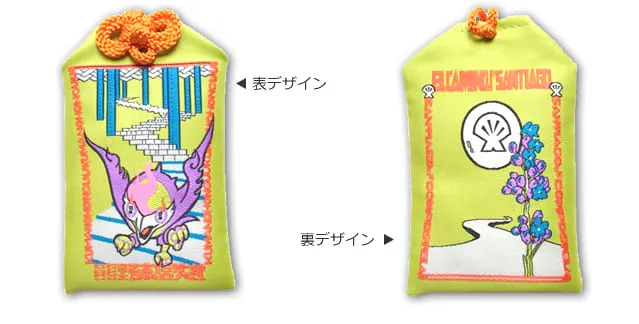
At Kumano Hongu Taisha, you can receive two types of goshuin (red ink stamps) — one for the main shrine and one for Oyunohara, the shrine’s original site. Every month, a special seasonal goshuin is also issued, featuring designs that reflect the time of year, such as Setsubun in February or cherry blossoms and rapeseed flowers in March.
In addition to the goshuin, you can also obtain the Kumano Gōō Shinpū (Gōō Hōin), a sacred talisman offered at all three Kumano Sanzan shrines. Written in the distinctive crow script unique to Kumano, these talismans feature a different design at each shrine — a perfect reason to visit all three and collect the full set.
Many of the amulets feature the Yatagarasu, the mythical three-legged crow said to have guided the legendary discovery of the sacred land of Kumano. Since Yatagarasu is also featured on the Japan Football Association’s emblem, you can even find a unique charm known as the “Soccer Guardian.”
Interestingly, there are only two World Heritage Sites worldwide registered specifically as “roads”: the Kumano Kodo in Japan and the Camino de Santiago (Way of St. James) in France and Spain.
In celebration of this connection, Kumano Hongu Taisha offers a special collaboration amulet with Santiago de Compostela. This unique charm, designed by Hirohiko Araki, the manga artist behind JoJo’s Bizarre Adventure, carries a wish for “harmony” among people around the world. Araki, who has visited the Kumano Kodo and Hongu Taisha many times, created this design inspired by his deep connection with the sacred site.
Another popular item is the Rejuvenation Amulet, made from cypress bark that had been part of the shrine buildings for more than 40 years. Holding this charm allows you to feel a tangible connection to the rich history of Kumano Hongu Taisha.
Note: Amulets can be mailed upon request, but goshuin are only available to those who visit the shrine in person.
Must-See Highlights of Kumano Hongu Taisha
Here are the spots you absolutely shouldn’t miss when visiting Kumano Hongu Taisha.
Main Shrine of Kumano Hongu Taisha

The torii gate along the approach marks the boundary between the sacred and the secular, so be sure to bow before passing through. Enter from the right side and exit from the left, following traditional etiquette.
Climbing the 158 stone steps that lead to the main shrine, you’ll be greeted by the solemn sight of a hinoki-bark thatched sanctuary — this is Kumano Hongu Taisha. Here, four of the twelve deities of Kumano Hongu Taisha are enshrined, known as the Upper Four Shrines.
From the left to the right, the halls are arranged as the First Hall, Second Hall, Third Hall, and Fourth Hall. When visiting, the proper order of worship is to start at the Third Hall, dedicated to the main deity Ketsumimiko-no-Ōkami (Susanoo-no-Mikoto), then proceed to the Second, First, and finally the Fourth Hall.
Before leaving, be sure to pay your respects at the Manzansha Shrine, where all eight million kami are enshrined.
Opening hours
8:00〜17:00
Oyunohara・The largest Torrii Shrine gate

About 500 meters from the main shrine, just a 10-minute walk, lies Oyunohara, the original site of Kumano Hongu Taisha.
Here stands the Great Ōtorii, the tallest shrine gate in Japan, soaring to an impressive 34 meters. Its sheer size will leave you in awe. In spring, the combination of the torii gate and cherry blossoms creates a breathtakingly beautiful view that is highly recommended.
Passing through the Great Ōtorii, you’ll see two stone altars that mark the grounds of the former Hongu Taisha. On the left, the Middle Four Shrines (Naka-shi-sha and Shimo-shi-sha) enshrine their deities, while on the right, the spirits of the shrine’s subsidiary shrines are worshipped.
Middle Four Shrines (Naka-shi-sha)
- Amenooshihomimi-no-Mikoto
- Ninigi-no-Mikoto
- Hikohohodemi-no-Mikoto
- Ugayafukiawasezu-no-Mikoto
Lower Four Shrines (Shimo-shi-sha)
- Kagutsuchi-no-Mikoto
- Haniyamahime-no-Mikoto
- Mizuhanome-no-Mikoto
- Wakumusuhi-no-Mikoto
Ubutasha Shrine
Along the path from the main shrine of Kumano Hongu Taisha to Oyunohara, you will find Ubutasha Shrine. This small shrine is dedicated to Izanami-no-Mikoto, the goddess said to have given birth to the eight million gods. Because of this, the site is considered to hold a special “power of creation.”
Visitors can also receive a “Birth Amulet” (Ubumamori) at the main shrine of Kumano Hongu Taisha.
Treasure Hall
Kumano Hongu Taisha has survived numerous floods and fires over the centuries. At its Treasure Hall, you can view precious artifacts that have been preserved through these disasters, such as sutras, mandalas, and Noh masks. Many of these items are designated as Important Cultural Properties by the national or prefectural government.
Fee
Adult:300円
Children:100円
Opening hours
8:30〜15:30 (As of March 2022, the exhibition has been canceled.)
Closed days
Irregular holidays(almost no holidays))
Zuihoden
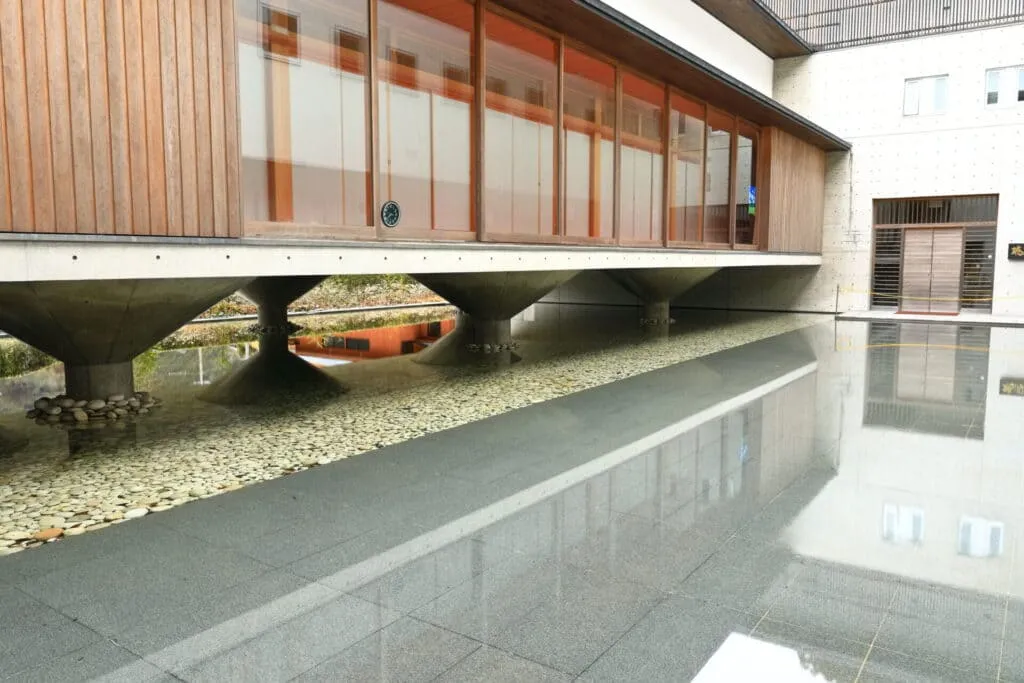
Damaged during the Kii Peninsula Flood in September 2011, Zuihoden was rebuilt in 2014. Today, it serves as a training facility for the shrine, a rest area for visitors, and an evacuation site in times of disaster.
Inside the building, you’ll find three shops: the tea house “Chinchōan,” the souvenir shop “Karasuya,” and the café “cafe alma.” It’s a great spot to take a short break or browse for souvenirs during your visit.
Be sure to take a moment to admire the architecture, designed with motifs inspired by the Yatagarasu, the mythical three-legged crow.
Opening hours
9:00〜17:00
Three stores inside the building are 9:00〜16:00
Closed days
Irregular holidays(almost no holidays)
“Chinchoan” is closed on Wednesdays, “Karasuya” has irregular holidays, “Cafe Alma” is closed on Tuesdays
Yatagarasu Post

Beneath the sacred Tarayō tree at Kumano Hongu Taisha stands a unique black mailbox known as the “Yatagarasu Post.” The leaves of the Tarayō tree reveal dark lines when scratched, and during the Heian period, these leaves were used for writing sutras. This is said to be the origin of the word “hagaki” (postcard), and the tree itself is now recognized as the official “postal tree.”
The color black is revered because it symbolizes the combination of all colors. It also represents the color of Yatagarasu, the sacred three-legged crow, as well as the earth of the Hongu grounds.
You can even send a letter using a special “Yatagarasu Post ema” (wooden votive plaque) available at the shrine. After writing your message, the shrine staff will stamp it with the phrase, “From the Land of Departure, with All Our Heart — Kumano Hongu.” It’s a wonderful way to share a travel memory with your family or friends, sending your message straight from the sacred land of Kumano.
How to Get There: Access to Kumano Hongu Taisha Shrine
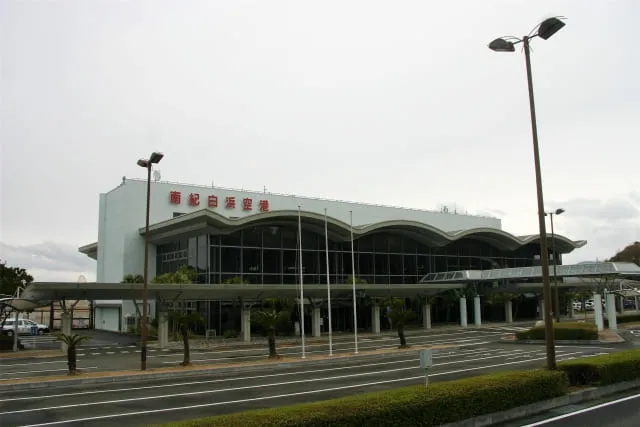
Taking a bus or car is the most convenient way to reach Kumano Hongu Taisha.
For those who want to experience walking the historic Kumano Kodo pilgrimage routes, we recommend taking the Nakahechi route from Tanabe or the Kohechi route from Mount Koya.
For more information on recommended trekking courses, check out this article.
By Bus
Buses are the most convenient option when using public transportation. Here are the main routes to Kumano Hongu Taisha from various departure points:
From Nanki Shirahama Airport
There are four round-trip flights daily between Haneda Airport and Nanki Shirahama Airport, making it a convenient choice for travelers from Tokyo. Bus schedules are generally aligned with flight times, but note that there are no direct transfer connections, so plan accordingly.
The bus to Hongu Taisha stops at well-known locations such as Takijiri-oji, Gyuba-doji, Chikatsuyu-oji, and Yunomine Onsen along the way, allowing you to start a trekking route from these spots if you wish.
- Bus Line: Meiko Bus / Kumano Kodo Rapid Transit
- Stop: Get off at Hongu Taisha-mae
- Travel Time: ~3 hours 10 minutes
- Fare: 2,550 yen
From JR Kii-Tanabe Station
If you are coming from the Kansai area, take the train from Shin-Osaka Station to JR Kii-Tanabe Station. From there, you can catch a bus that runs five times a day.
- Bus Line: Kumano Hongu Line
- Stop: Get off at Hongu Taisha-mae
- Travel Time: ~2 hours 10 minutes
- Fare: 2,100 yen
From Yunomine Onsen
If you are staying in the Yunomine Onsen area, there’s a short and convenient bus ride to the shrine.
- Bus Line: Kumano Hongu Line
- Stop: Get off at Hongu Taisha-mae
- Travel Time: ~15 minutes
- Fare: 310 yen
From Mount Koya (Koyasan)
A special pilgrimage bus runs daily from April to November. It departs from Koyasan Station at 9:45 AM and arrives at Hongu Taisha-mae at 2:22 PM.
- Fare: 5,000 yen
By Car
Driving is also convenient, especially if you’re on a road trip. There are two parking lots for private or rental cars, and one accessible parking lot near the main hall for visitors with disabilities.
Parking Lot Address: (Insert specific address details here)
“Ki no Sato parking lot” and “Zuihoden Parking Lot”(MAP)
“Kumano Hongu Taisha Free parking lot”(MAP)
Time required
Approximately 4 hours from Matsubara JCT
Approximately 1 hour and 15 minutes from Kise Expressway Kamitonda IC
Fee
Free (no reservation required)










